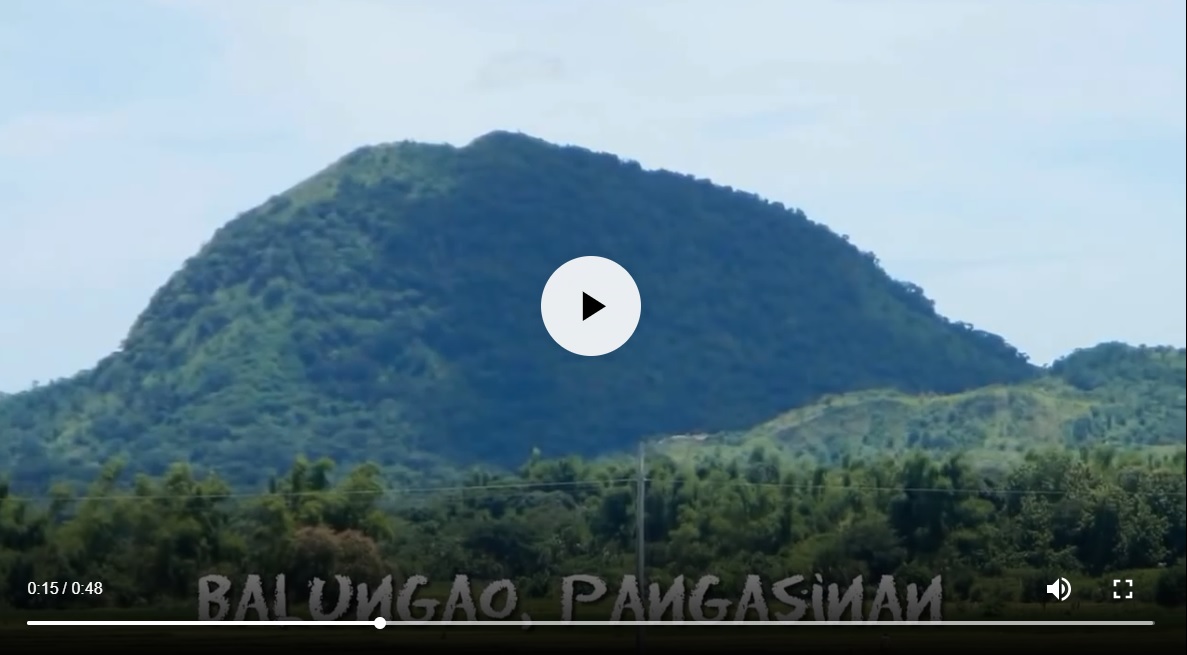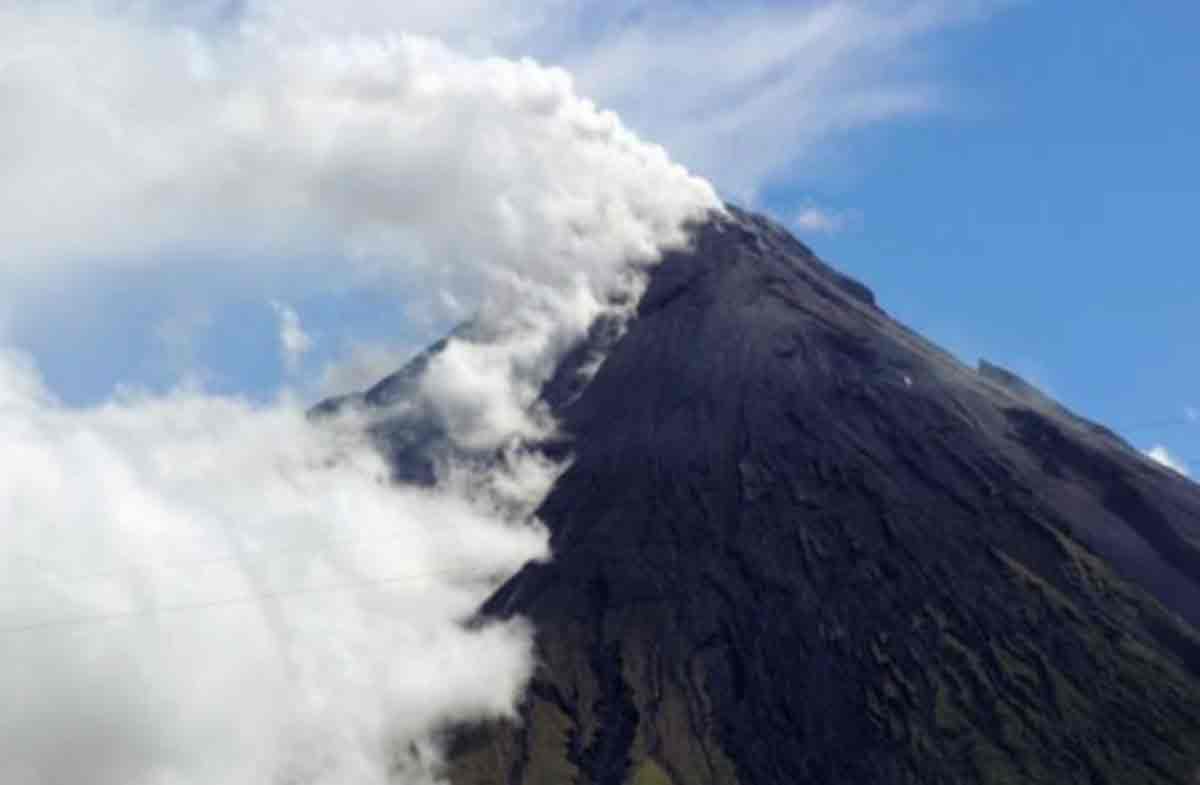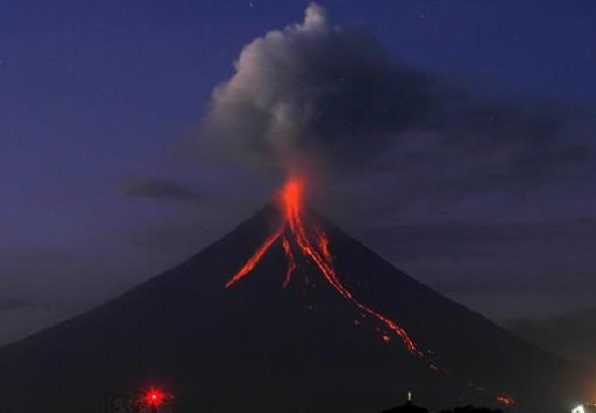What is a volcano?
Since you were in elementary, you have heard about volcanoes. But do you know what a volcano is? To find out, let’s do the following activity.
Activity 1.
Volcano concept map
Objective- Characterize a volcano
See Videos:

 Materials
Materials
- Video clip about the volcano
- Paper and pen
1. Based on the video clip, give five physical descriptions of a volcano. Present your answer in a concept map as shown below.
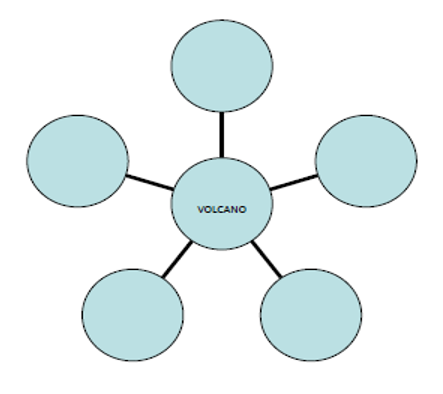
In activity 1, you have described what a volcano is. The next thing to do is to classify them. Do you have an idea how they are classified? Let’s find out in the next activity.
Classification of volcanoesThere are several ways by which volcanoes can be classified. PHILVOCS have adapted a system where the Philippine system where the Philippine volcanoes are active or inactive.
- Philippine Institute of Volcanology and Seismology(PHIVOLCS)- National institution dedicated to provide information on the activities
- of volcanoes, earthquakes, and tsunamis, as well as other specialized information and services primarily for the protection of life and property and in support of economic, productivity, and sustainable development. It is one of the service agencies of the Department of Science and Technology.
- Active volcanoes are those that have record of eruption within the last 600 years or those that erupted 10,000 years ago based on analyses of their materials.
- Inactive volcanoes, on the other hand, are those that have not erupted for the last 10, 000 years and their physical form is being changed by agents of weathering and erosion through formation of deep and long gullies.
- According to PHIVOLCS, our country has more than a hundred volcanoes as of 2013. Twenty-three are active while the rest are inactive. Some of these volcanoes will be mentioned in the next activity.
Watch Videos:
Active Volcanoes
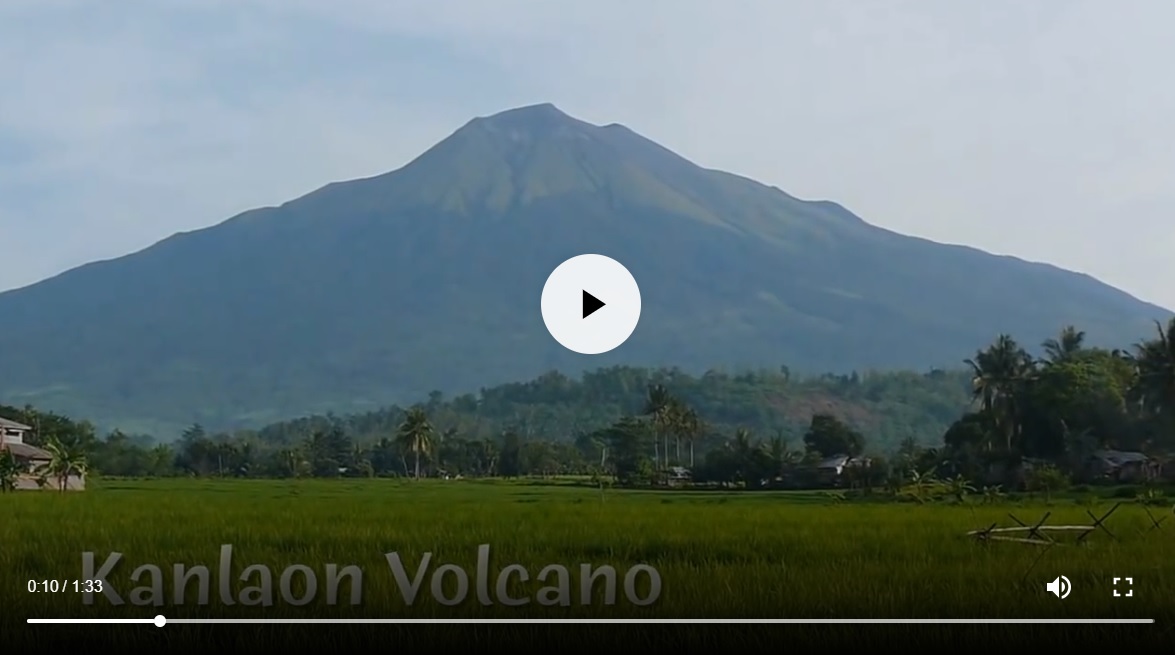
Inactive Volcanoes
